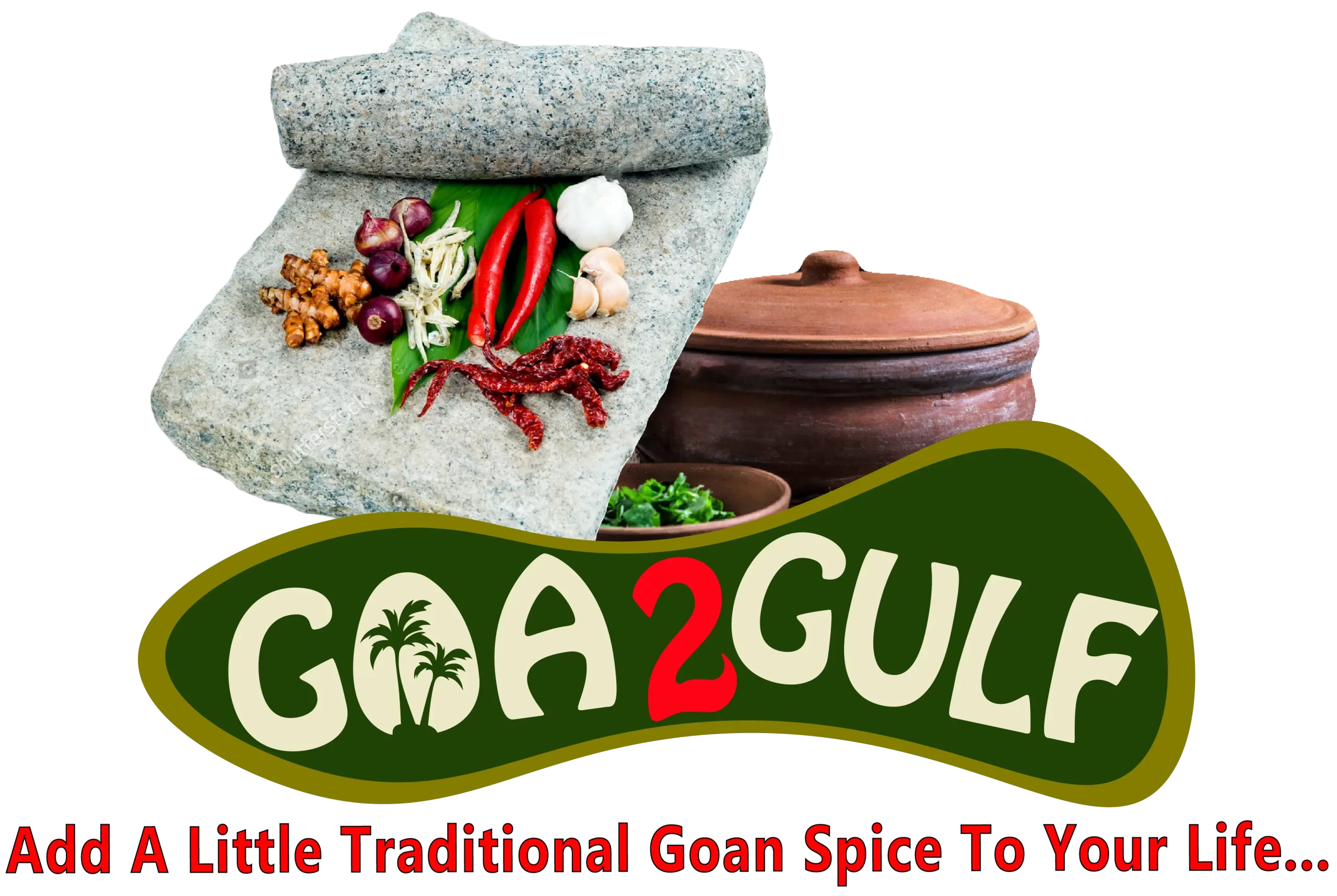Thomas Keller Rightly said “A recipe has no soul, you as the cook must bring soul to the recipe.”

As HH Sheikh Mohammed bin Rashid al Maktoum, ruler of this Emirate, said, “Dubai will never settle for anything less than first place”. That is exactly the attitude this city breathes, everything is bigger, better and more beautiful.
Taking this passion ahead myself, Jessa Dcosta a HomeMaker decided to take the Goan Foodie Tradition ahead and this is how Goa2Gulf Outlet is Born in Dubai, United Arab Emirates. The first in United Arab Emirates and Gulf, Exclusive Goan Produce Spices Outlet, specially imported all the way to UAE from Heart of India, GOA. Come and Experience it !!! Do give us a try and leave a feedback on social media community – Good or Bad – we would love to take the feedback seriously and improve consistently.
Goan Cuisine: A Perfect Blend of East and West
Goa, having been the meeting point of various races, religions and cultures of east and west over the centuries, has a distinctive style quite different from the rest of India.
Goa, where mystical east meets modern west.
Goan cuisine is influenced by numerous cultures that it came into contact with over the centuries: Portuguese, Arab, Brazilian, African, French, Konkan, Malabar, Malaysian and Chinese. The three main communities of Goa — Hindus, Muslims and Christians — also contributed to the cuisine. This blending of native cultures and foreign is reflected in Goan cuisine.
Goan cooking generally involves liberal amounts of spices giving dishes a strange taste and distinctive aroma. Particular combinations of spices have led to a number of styles of cooking, which have differing flavors; masala, vindaloo and balchao being some of the most famous. Chilies, particularly the dried red variety, are used widely to add pungency, flavor, texture, marinate meats and fish. The green variety is also used to make chutneys, pickles, give pungency and taste to vegetables, meats and fish.
The Christians prefer to use vinegar, while the Hindus use ‘kokum’ and tamarind to get the tang in their respective cuisines. Another important product of the palm is jaggery, a dark colored sweetener that is widely used in preparing Goan sweetmeats. Jaggery made from sugarcane is also used which has got a lighter colour compared to the coconut palm one.
The major foreign influence came from the Portuguese. This started in 1498, when Portuguese explorer Vasco De Gama came to Goa. The Portuguese started trading with India and brought with them an assortment of goods, including vegetables and spices like potatoes, chillies, tomatoes, cashew nuts, passion fruit and more. They also brought pork, beef, bread, vinegar and other meats. The local cuisine and recipes were transformed, leading to the changing food habits and lifestyle of local Indians. New dishes were introduced, like pork vindaloo, prawn balchao and pork feijodda.
Rice, coconut milk and fish, along with local spices, are the basic ingredients of Goan cuisine. Other main ingredients widely used in Goan cuisine are kokum, tamarind, red Goan chillies and cashews. Seafood such as pomfret, prawns, crabs, lobsters, mussels, ladyfish, oysters and clams are used to make soups, pickles and curries. Meats like pork, beef and chicken are staples of the Goa Christian community.
Goans tend to love cooking as much as they love eating. Although modern cooking methods have taken over, many Goan households still make use of traditional cooking methods, like cooking in a clay pot on a wood fire, using a varn (grinding stone) to grind spices, a dantem (hand-mill) for grinding cereals, and brass utensils for cooking desserts. Traditional cooking methods provide unique tastes and aromas. Regardless of the cooking method used, the freshness of spices is fundamental, and is achieved by pounding the spices with muscle power and patience.
Climate : Goa has a consistent climate throughout the year with just meager fluctuations in the temperature. December and January might require light woolens, but April and May are warm. The period from June to October brings heavy rain, almost up to 320 cm. The temperature during the summers ranges from 24°C to 32.7°C and during the winters it ranges from 21.3°C to 32.2°C.
Goa climate is relaxed and lovely. Beaches are the best in Goa in the winter months between October and March. This is also the time Goa is most frequented by tourists. The weather during this period is amazingly pleasant.
Summers are from April and May, and it can be very hot and humid, though being in the coastal region, the gentle sea breeze is a welcome soother.
Monsoon months are from June to September. This is the season when the weather is really cool and the hill and the countryside are lush green. It is an ideal time to be in Goa if you want to “dance in the rain” or just want to sit and relax.
Languages : English, Konkani, Marathi, Hindi and Portuguese.


